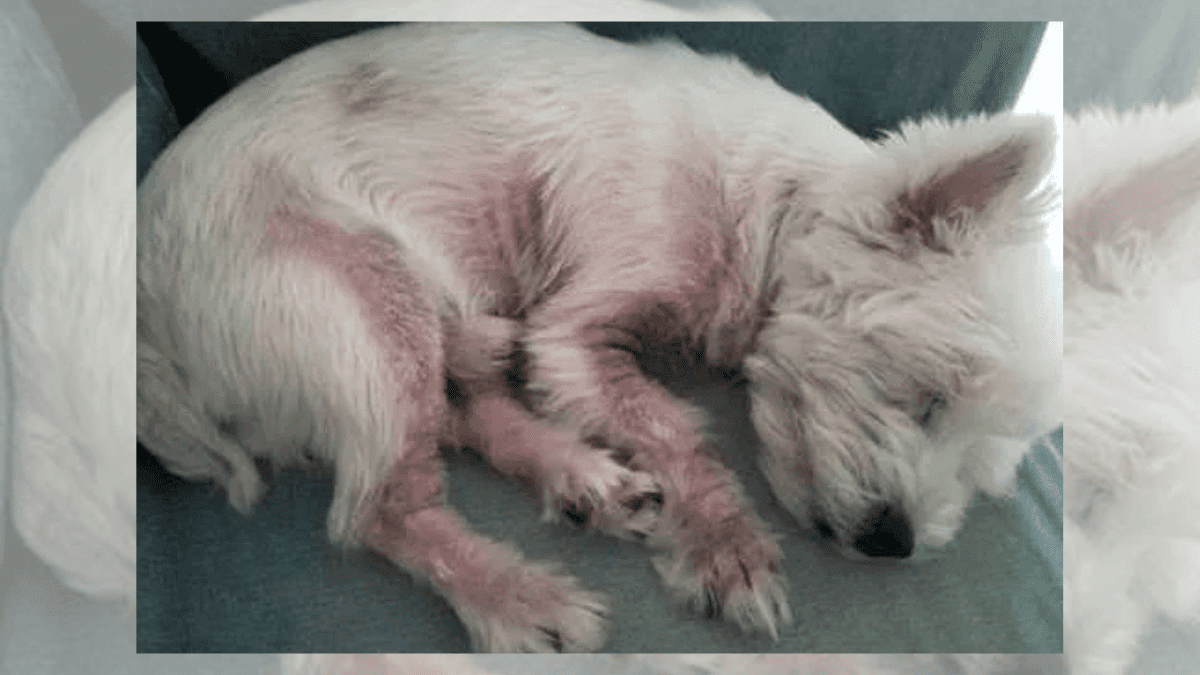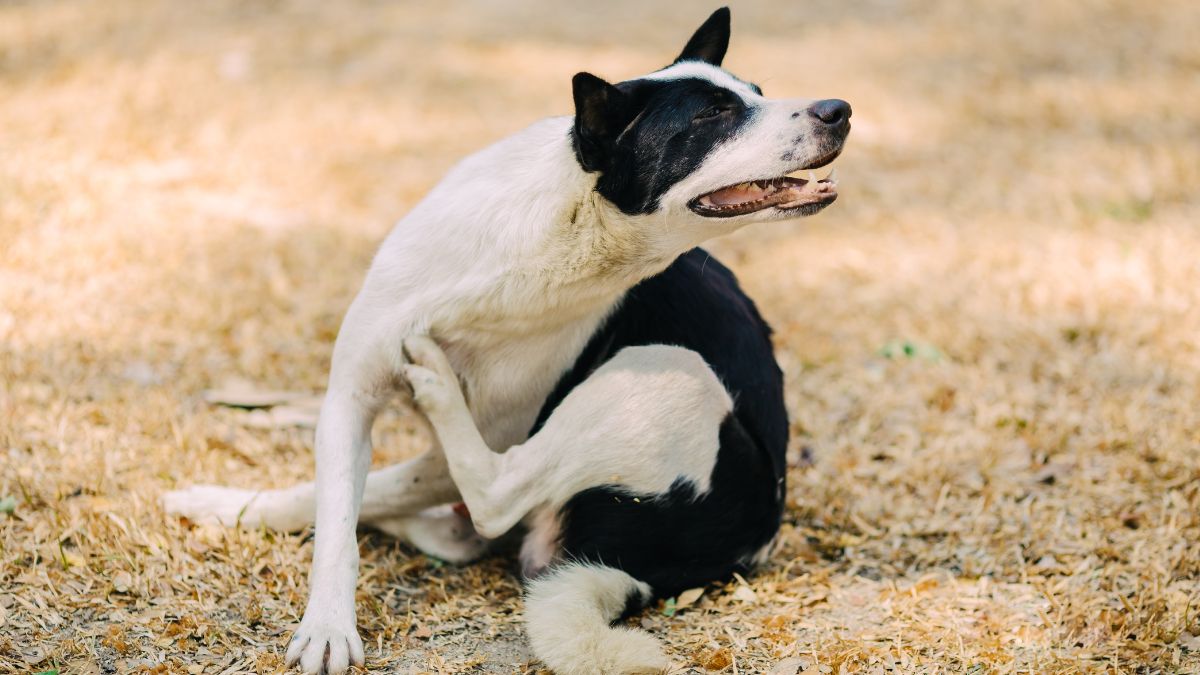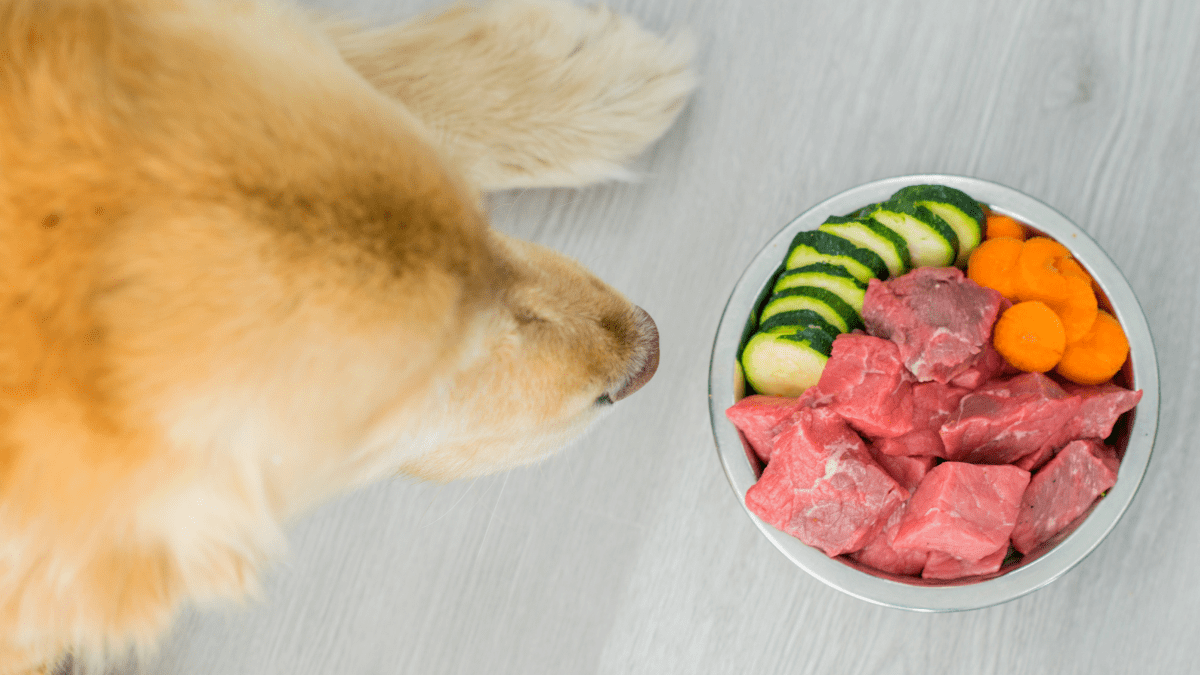There’s a common infection that triggers constant licking of paws among dogs. Get to know the symptoms and possible treatments.
Is your dog having a hard time leaving his paws alone? He’s either licking or chewing it…all the time. Boredom could be a reason, but it should stop once you give your pup some attention. Otherwise, it has something to do with yeast dermatitis.
Constant licking of paws is a sign of yeast infection, also known as yeast dermatitis. This health condition is caused by a type of fungi that reproduces in your pup’s body. Normally, yeast can be found in small amounts of a dog’s skin. However, it’s dangerous when the organism excessively multiplies. Malassezia pachydermatis is often the type of yeast that triggers the infection. You’ll know that your dog has it when you notice a stinky smell, similar to the odor of cheese popcorn or moldy bread. This is another symptom of yeast infection in dogs.
Other tell-tale signs that your dog has a yeast infection include oily skin or greasy fur, hair loss, scaly areas of skin, and a yellow-green discharge from the ears. Yeast can spread to other parts of the body, so a dog may have it in more than one spot, usually on paws and both ears.
Why Yeast Infection Develops on Paws?
Yeast are opportunistic in the way that they spread to other areas of a dog’s body. But what makes paws so habitable for these organisms? Think of it this way, your dog’s paws are almost always exposed to everything. They get in contact with dirty and wet surfaces; yeast thrives in moist places that are also hard-to-reach. Your dog’s paws can also touch weeds and grass, which are known to trigger allergies and cause cuts and scratches. These small injuries make the paws vulnerable to the attack of yeast organisms.
Itchiness is a symptom of yeast infection. So when you see your dog licking or chewing their paws excessively, you’ll have an idea why. When you look closer at the paws, you can confirm the it’s a yeast infection if there’s redness or pinkish stains around the skin and a brown discharge from the dog’s nail beds.
RELATED: 10 Critical First Aid Skills Every Dog Owner Must Know to Save Their Pet’s Life
How to Handle Yeast Infection on Paws?
Depending on the severity of the symptoms, a yeast infection can be treated through home remedies or by following an appropriate diet. Take note though that you don’t have to wait for the infection to become severe before implementing these treatments. It’s important to take action as soon as you suspect, or better yet, confirm that it’s a yeast infection.
Disinfect Your Pet’s Skin
A foot soak can do wonders if your dog is suffering from yeast overgrowth on paws. The key here is to fully submerge the paws in a mixture of water and antiseptic, and then do it regularly. Povidone iodine or Betadine is a medication that you can use for foot soaks. Make sure you turn the water into the color of iced tea by adding enough iodine to the mixture.
Use Anti-fungal and Natural Solutions
For yeast infection on the skin, it helps to use an anti-fungal shampoo. After bathing, create your own therapeutic rinse. Combine peppermint and lavender oil (10 drops each) with a gallon of water. Add a cup of lemon juice vinegar if your pup has a dark-colored coat. While pouring, make sure it doesn’t get to the eyes of your pet. No need to rinse afterward; simply pat dry with towel.
Follow an “Anti-Yeast” Diet
You could be thinking: what does diet have to do with yeast infection? To answer this question, your dog’s diet can support or worsen the condition. To avoid yeast overgrowth, you need to implement an anti-inflammatory and anti-yeast diet by feeding your dog with food that has little to no starch. Carbohydrates break down into sugar and yeast thrives in an environment with high sugar content.
You can also reduce the impact of infection by adding anti-fungal food to your pup’s meals. These include parsley, fresh garlic, oregano, and thyme in small amounts. Another tip is to feed your dog with fermented veggies (onions excluded) to improve gut health.
RELATED: This Viral Dog Went From Black to Completely White in Two Years
From The Club
Chewing or licking paws is easy to dismiss as a common canine behavior. It takes careful observation to know when your pup needs more than just attention. Remember that yeast are organisms with the tendency to be opportunistic; they spread in the most hidden body parts of your dog. So before it’s too late, disinfect, use natural treatments, and strive for a healthy pup diet.



